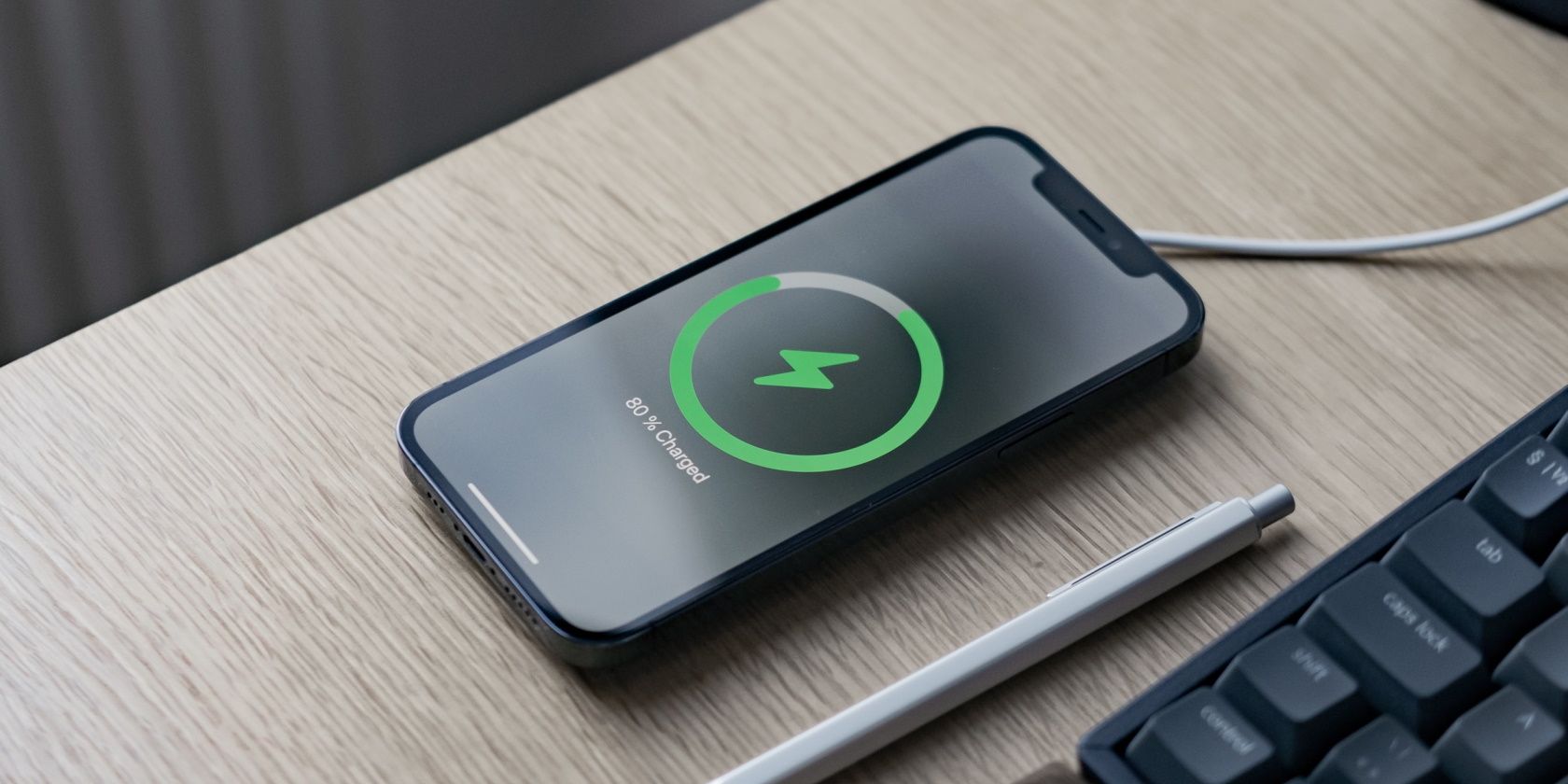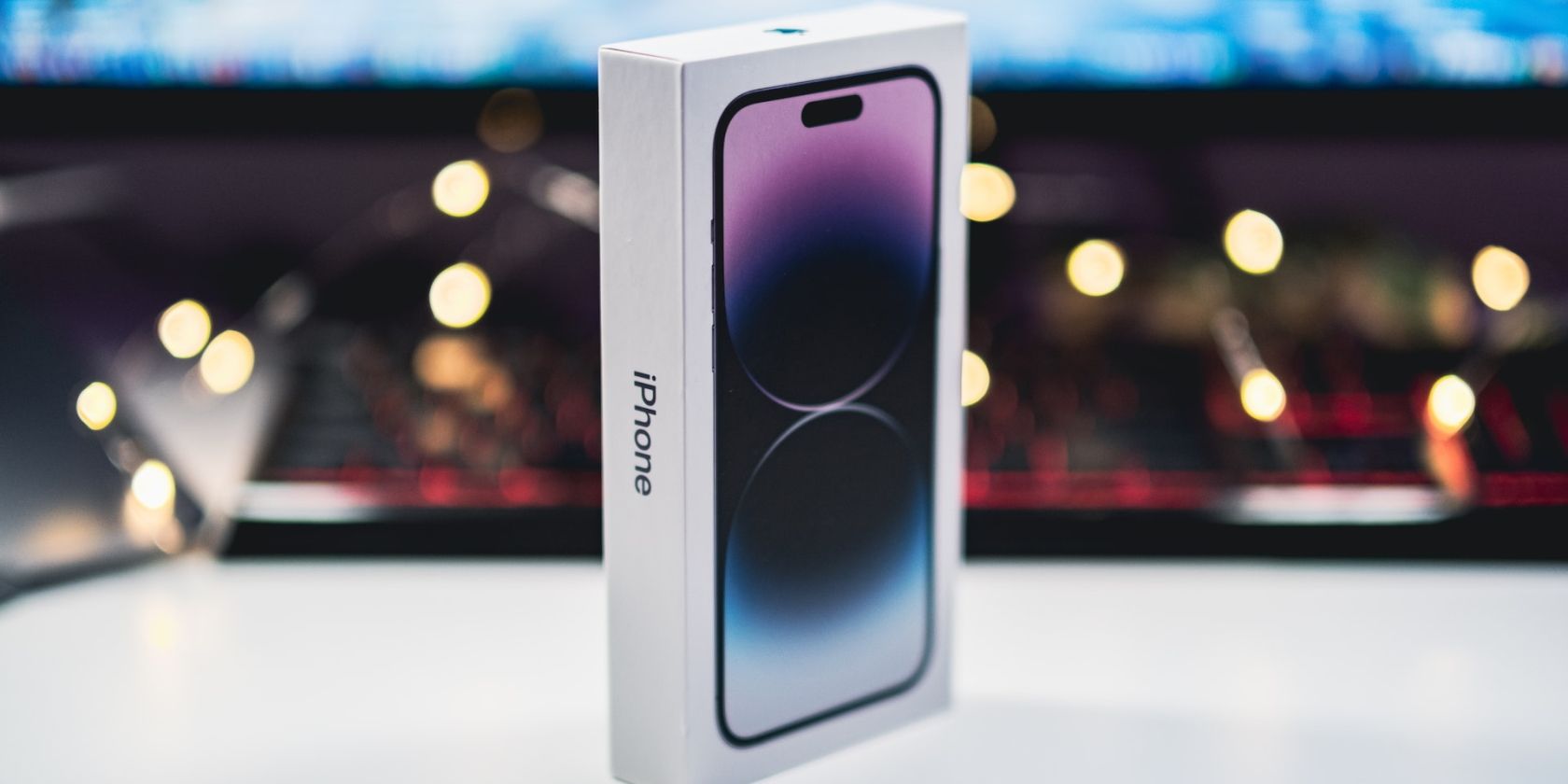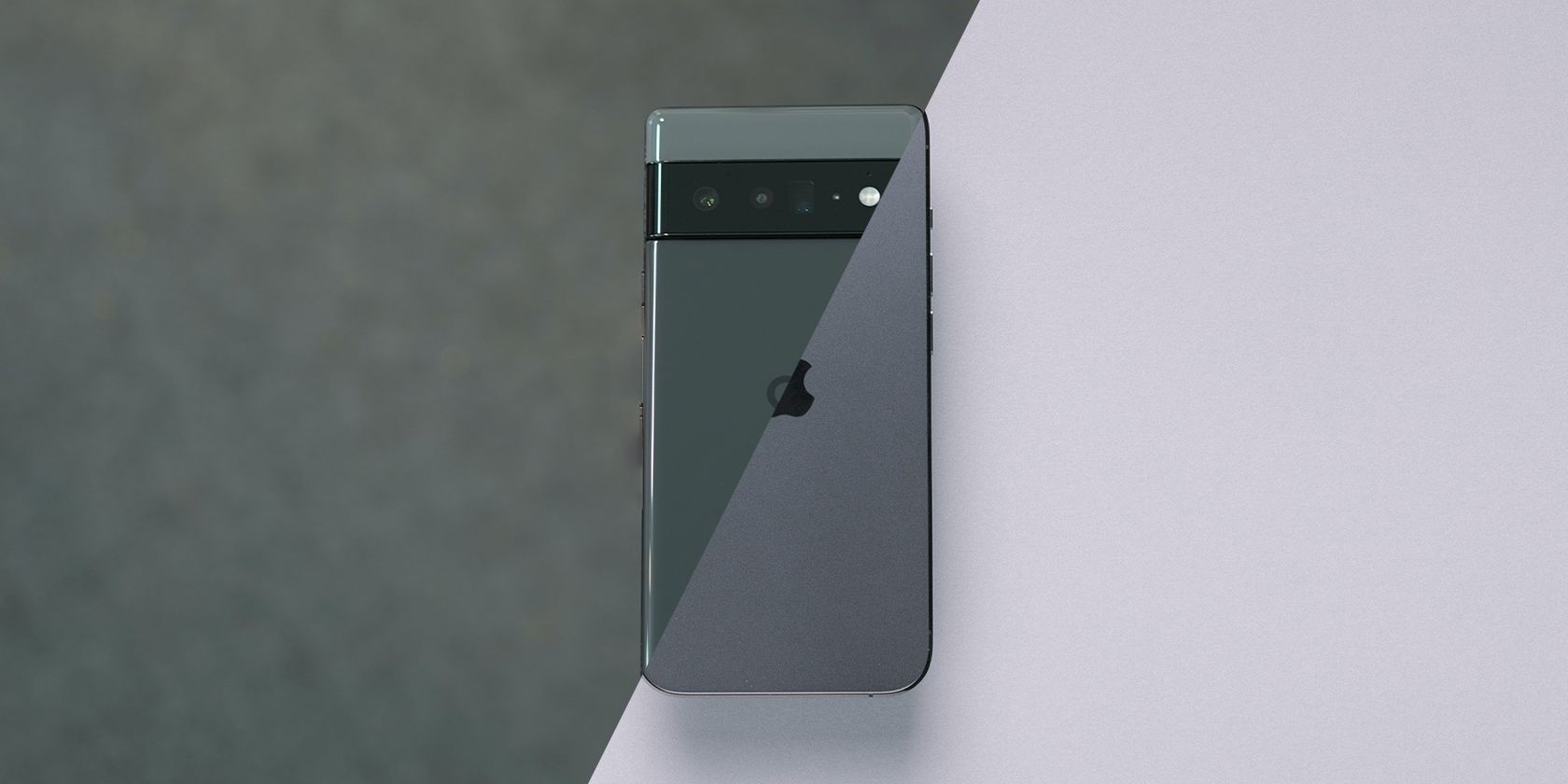After a decade since the Lightning port launched, Apple's proprietary port is finally seeing its last days. In an interview, Apple Senior VP for Worldwide Marketing Greg Joswiak confirmed that USB-C would come to the iPhone.But when will it arrive? And should you wait for the USB-C iPhone before you even upgrade? Let's look at what's happening with the iPhone and USB-C.
Senior Apple Management Confirms Apple Will Comply With EU USB-C Ruling
In an interview with The Wall Street Journal broadcasted on Twitter, the host asked Greg Joswiak, "Is Apple moving to USB-C?" She asked this question in light of the final approval of the common charger directive, as announced in an EU Council press release, which mandates that all mobile phones, tablets, and headphones must have a USB-C port.
Joswiak answered, "Governments get to do what they're going to do, and obviously, we'll have to comply. We have no choice, as we do around the world, to comply with local laws."
Given that it's coming from a senior Apple official, this seems to confirm that the iPhone will indeed replace the Lightning port in favor of a USB-C port. With this move, all of Apple's portable devices will finally have a USB-C charging port.
When Will the USB-C iPhones Appear?
The common charger directive mandates that all devices have a USB-C charging port 24 months after the law comes into force. Since it's assumed that this directive will pass into law in 2022, many expect that all mobile devices, including the iPhone, will have a USB-C charging port by 2024.
Although Joswiak did not indicate whether the next iPhone will have a USB-C port, there are some speculations that it will already have it. Nevertheless, this is just speculation—we will have to wait until Apple announces the product to see if the iPhone 15 will use USB-C or if we will have to wait until the iPhone 16 before we can get it.
Should You Wait for the USB-C iPhone Before Upgrading?
There is no straightforward answer to this question, as it varies between people. But if you're already an Apple user, especially one with an older iPhone model, you don't need to wait to upgrade. That's because you can use your current Lightning cables to charge your new iPhone if you decide to get one.
That's because even if you're still using a phone with a Lightning port after the iPhone switches to USB-C, you can still probably get a Lightning cable, as not every iPhone user will immediately switch to the new phone. Alternatively, you can switch to MagSafe charging if you're having difficulty finding a Lightning cable, especially if you have an iPhone 12 or newer.
This news shouldn't also affect your plans to move to the iPhone if you're an Android user, but you only use one charging cable, and your current charging port is already USB-C. That's because the iPhone 14 already includes a USB-C to Lightning cable in the box, so you can use your existing charging adapter to recharge your new phone.
But if you're an Android user with a ton of USB-C cables at your home, car, office, and other places where you frequently recharge your device, and you're considering moving to an iPhone, we recommend holding off on the move. That's because you'll have to buy new cables for those locations.
If you wait for the USB-C iPhone before upgrading, which should come within the next two years, you don't have to buy new cables anymore, especially if your current USB-C cables are high-quality and can accommodate fast charging speeds—thus saving you money and reducing electronic waste.
The Wait for a USB-C iPhone Is Almost Over
It's not clear why Apple has been holding on to the Lightning Port when Android phones started moving over to USB-C in 2015.
But, given that Apple launched it in September 2012, over ten years ago, with the iPhone 5, it's high time that the Cupertino company moved on to faster charging and data transfer speeds.



